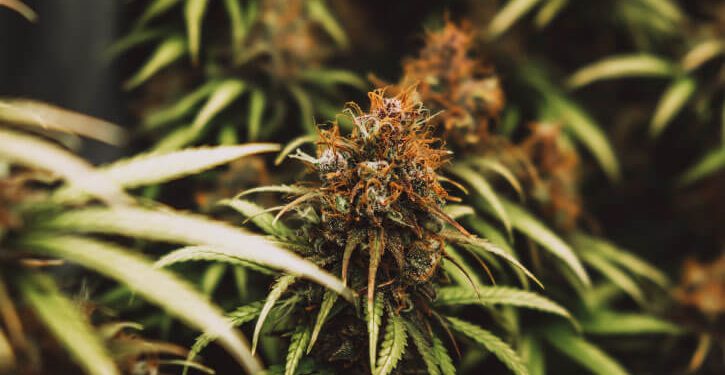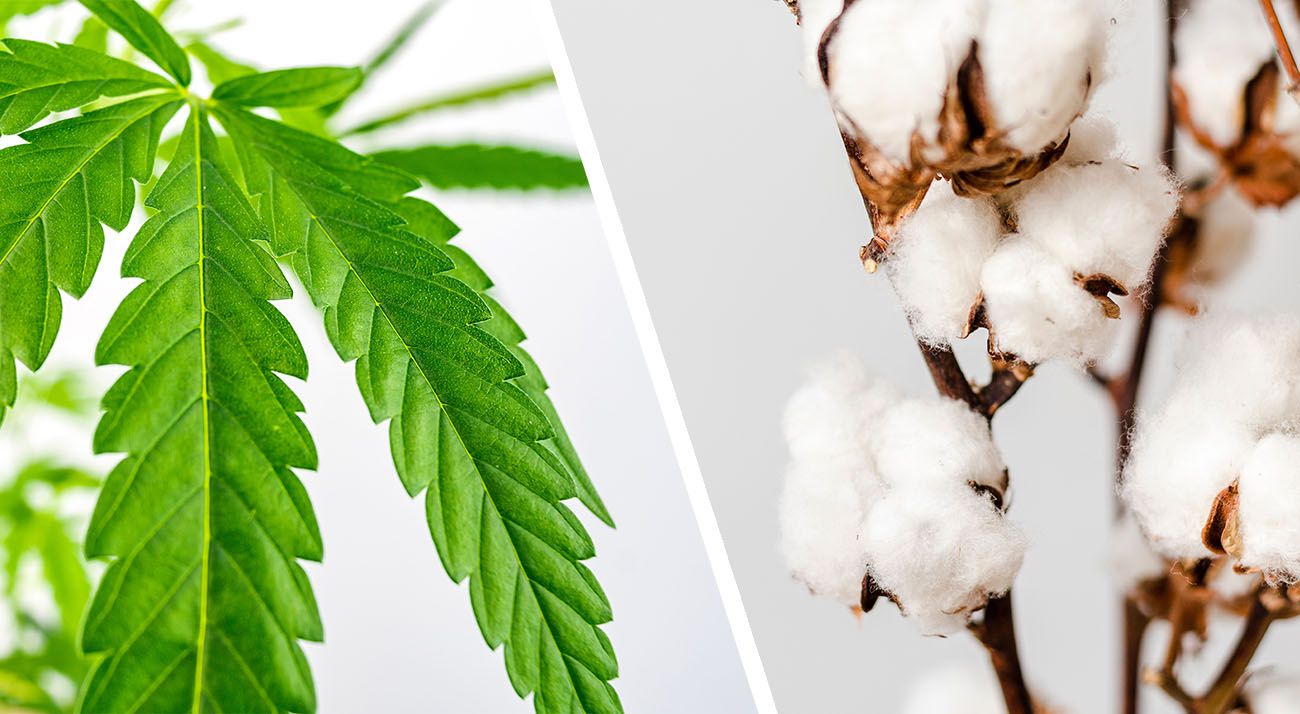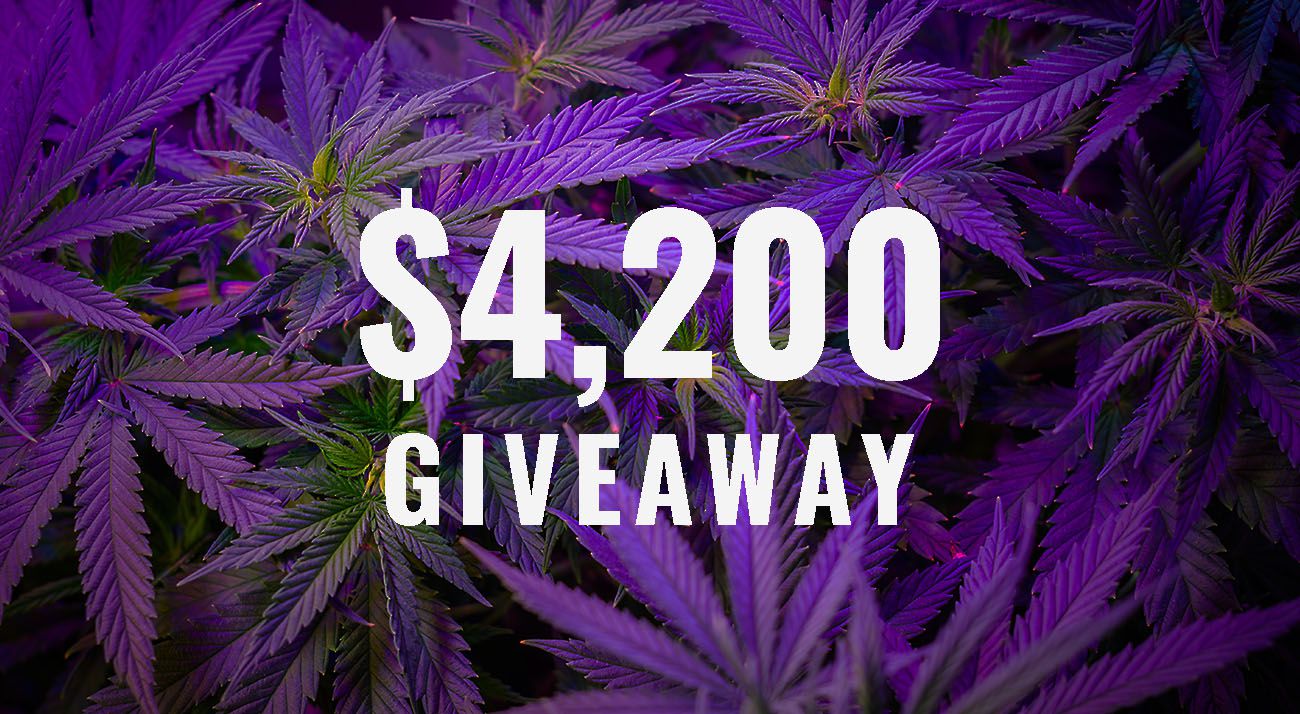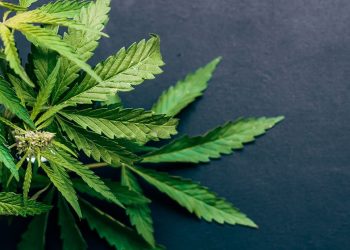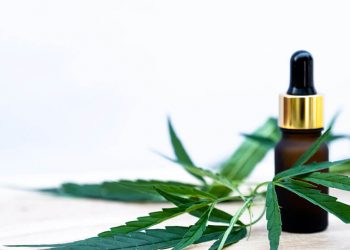The science of cannabis is confusing. Scrap that, science is confusing. But sometimes it doesn’t have to be.
Although some people might think all cannabis is basically the same, it’s far from it. We’ve discovered over 779 different strains of cannabis so far. And each of these strains has a different chemical makeup which have different effects on the human body.
In this article, will go through the differences between Indica and Sativa strains of cannabis, as well as THC and CBD – the two largest chemical components of cannabis.
Let’s start with cannabis strains. There are three types of cannabis strains, including Indica strains, Sativa strains and hybrid strains.
Cannabis Indica
Strains of cannabis that fit into the ‘Cannabis Indica’ category are generally taller, with flatter, wider leaves. They can grow up to 1.1m tall and look quite ‘bushy’.
Indica strains often grow better in colder climates and have a short flowering season of 6-8 weeks. Common Indica strains in Australia include:
- Bubba Kush
- Northern Lights
- Kosher Kush
- Granddaddy Purple
- Sirius Black
Cannabis Sativa
Strains of cannabis that fit into the ‘Cannabis Sativa’ category are generally taller, with narrower leaves. These ones can grow up to 1.8m tall and have fewer leaves than Indica strains.
Sativa strains have longer flowering cycles of 9-12 weeks, making them suited for warmer climates.
Common Sativa strains in Australia include:
- Pennywise
- Jack Herer
- Permafrost
- Acapulco
- Harlequin

However, it’s important to remember that you can’t predict the effects of the plant-based exclusively on whether it’s an Indica or Sativa strain. Instead, you need to look at the strain’s chemical components.
As a plant, cannabis is made up of over 100 chemical components. However, you’ll only hear about the two largest components, which are THC and CBD. Let’s look at those now.
THC – Tetrahydrocannabinol
THC or ‘tetrahydrocannabinol’ is the largest chemical component of cannabis. THC is psychoactive, meaning it can cause you to get ‘high’, ‘blazed’, ‘baked’, or ‘lit’ – as the kids like to say these days.
Sativa strains generally contain more THC.
According to the World Health Organization, THC’s medical uses include:
- Analgesic
- Anti-nauseant
- Anti-anxiety
- Sleep aid.
CBD – Cannabidiol
‘CBD’ is just shorthand for cannabidiol (pronounced cann-a-bi-dy-ol), which is the second-largest component in cannabis.
Indica Strains tend to have a higher level of CBD.
Unlike THC, CBD won’t cause you to get high. This is because CBD has no psychoactive properties. Instead, CBD may cause you to feel calm.
According to the World Health Organisation, CBD can be effective in treating Dravet Syndrome – a form of epilepsy. Its other medical uses include:
- Anti-asthmatic
- Anti-tumour
- Anti-seizure
- Analgesic
If you’re interested in whether or not CBD is legal in Australia, you can read about it here.
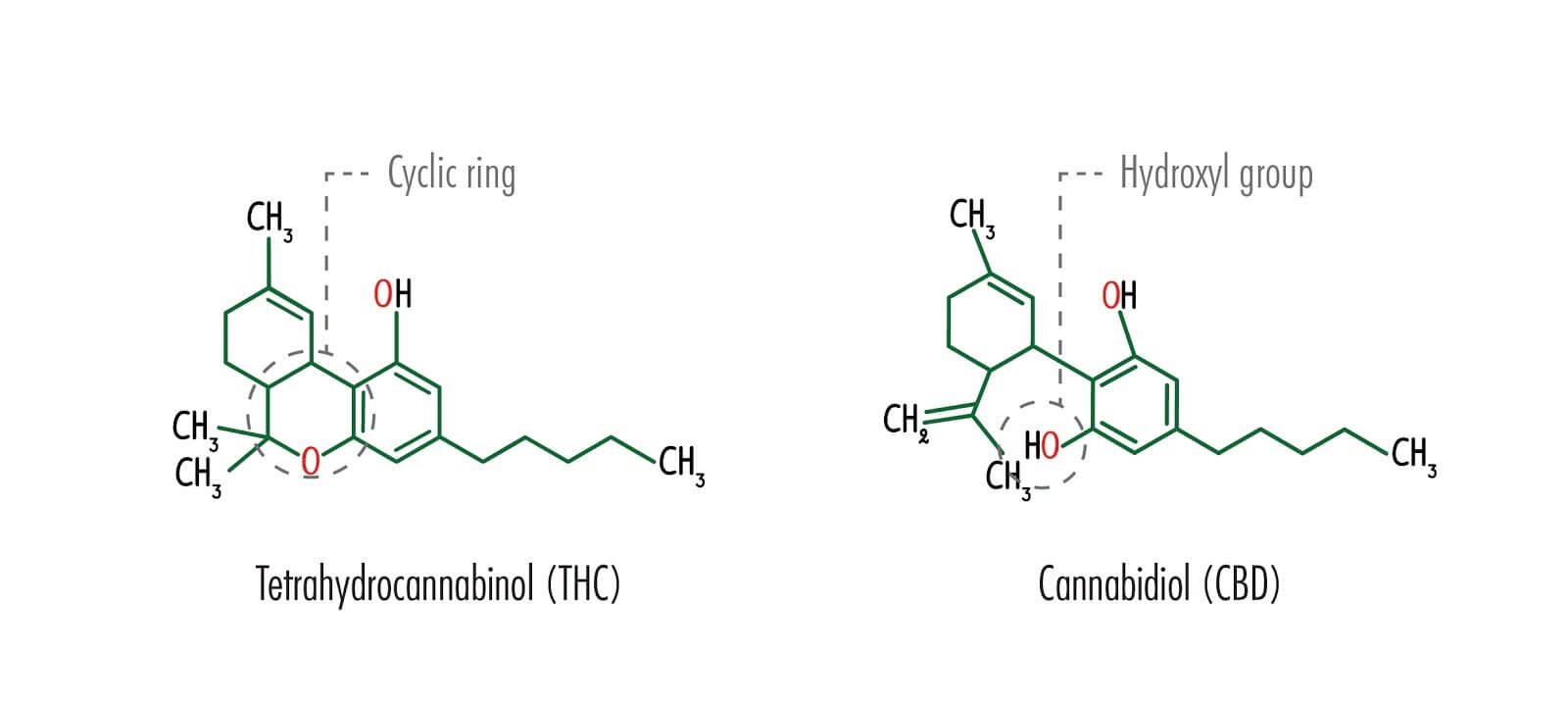
When describing the levels of THC and CBD in cannabis, we tend to refer to strains in three ways, including:
- THC-dominant, with a higher percentage of THC.
- CBD-dominant, with a higher percentage of CBD.
- Balanced, where there are similar levels of THC and CBD.
While the terms ‘cannabis’, ‘hemp’ and ‘marijuana’ are used interchangeably, they have different meanings. ‘hemp’ refers specifically to CBD-dominant plants, while ‘marijuana’ refers specifically to THC-dominant plants.
While the science of cannabis might seem unimportant, it has a big impact on Australia’s economy. There are over 18 medical cannabis companies on the ASX, and the industry is projected to be worth over $1.5 Billion by 2024. As this industry grows, so should our knowledge.


